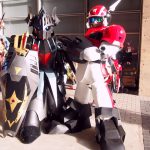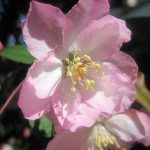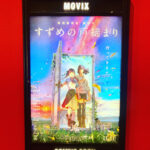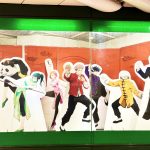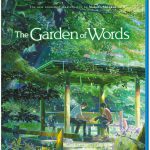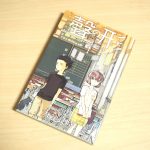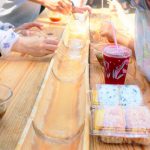What is Kokeshi Dolls for? What is the Meaning?
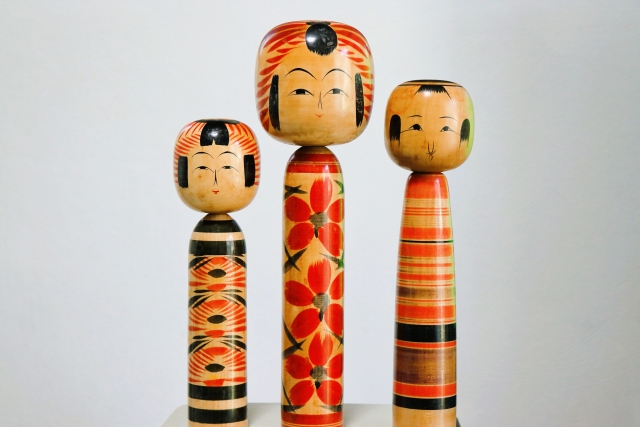
Kokeshi dolls are becoming increasingly popular among collectors not only in Japan but also around the world.
I remember there were some at my parents’ house.
I sometimes played with them as a child by turning their heads around.
One of the characteristics of kokeshi dolls is that there are many different types, but what exactly are they?
Here, I introduce the history and origins of kokeshi dolls.
Origin and History of Kokeshi
Origin of Oldest Kokeshi
The oldest known kokeshi doll is “Hyakumanto (百万塔)”, which is said to have been created in the Nara period (718–770).
In 764, Emperor Kōken (later known as Empress Shōtoku) commissioned the printing of one million copies of sutras praying for national peace, longevity, and the removal of disasters.
These sutras were then placed inside one million wooden triple-tiered pagodas called “Sanjushoto (三重小塔)”, which were distributed among the Ten Great Temples, including Hōryū-ji and Tōdai-ji.
These wooden triple-tiered pagodas, known as Hyakumanto, are the oldest known kokeshi, and they look completely different from the kokeshi we see today, not even resembling dolls.
Incidentally, the sutras placed in Hyakumanto at that time, known as “Hyakumanto Dharani (百万塔陀羅尼)”, are the oldest surviving printed materials in the world with a clearly documented date of printing.
History of Today’s Kokeshi
The origin of the kokeshi dolls we see today is said to date back to the late Edo period, when they were made by woodworkers called “Kijishi (木地師)” in the Tohoku region.
Kijishi were Japanese craftsmen who made wooden bowls and plates.
It is said that kokeshi dolls originated from “Keshi Ningyo (芥子人形)”, which were originally toy for children and were considered to bring good luck.
Keshi Ningyo are extremely small wooden dolls dressed in costumes.
They range in size from 5 mm for the smallest to about 1.5 cm for the largest, making them much smaller than kokeshi dolls.
They are mentioned in a 1686 geographical record called “Yōshū Fushiki (雍州府志)” as being made in Kyoto.
Kokeshi dolls are said to have originated as toys for children made by Kijishi in the Tohoku region from scraps of wood while they were working.
Later, they began to be sold as souvenirs in hot spring resorts in the Tohoku region.
Incidentally, the oldest kokeshi dolls are said to have been made in Togatta, Miyagi Prefecture, between 1804 and 1830.
The three famous places where kokeshi dolls originated are Tōkarita Onsen (Miyagi Prefecture), Naruko Onsen (Miyagi Prefecture), and Tsuchiyu Onsen (Fukushima Prefecture).
Among these, only “Miyagi Traditional Kokeshi (宮城伝統こけし)” has been designated as a national traditional craft.
Kokeshi dolls reached their peak during the Edo and Meiji periods (From 1603 to 1912), but with the advent of new toys such as Kewpie dolls in the Taisho period (From 1912 to 1926), they fell into decline, and many kokeshi craftsmen changed professions or went out of business.
However, from the Taisho era onwards, people began to collect kokeshi dolls not as children’s toys or mere souvenirs, but as works of art to be appreciated by adults.
In addition, a book called “Kokeshi Houko no Hanashi (こけし這子のはなし)” by Tomiya Amae, which was published in 1928, led to kokeshi dolls being recognized as folk art and works of art, sparking the first boom in their popularity.
Following this, a second boom occurred during the period of rapid economic growth from 1960 to 1970, followed by a third boom in the 2010s.
Today, many kokeshi dolls are traded at high prices as antiques.
Types of Kokeshi
There are 12 types of kokeshi dolls.
Each kokeshi doll has its own characteristics.
Followings are the 12 types of kokeshi dolls and their production area.
You can also check the imgaes at the website of Kokeshi no Shimanuki below.
12 Types of Traditional Kokeshi
- ・Tsugaru-style (Aomori Prefecture / Onsen, Oiwake Onsen)
- ・Nanbu-style (Iwate Prefecture / Hanamaki City, Morioka City)
- ・Kijiyama-style (Akita Prefecture / Kawazoe, Yuzawa City)
- ・Naruko-style (Miyagi Prefecture / Naruko Onsen)
- ・Sakunami-style (Miyagi Prefecture / Sakunami Onsen, Sendai City)
- ・Togatta-style (Miyagi Prefecture / Togatta Onsen, Akui Onsen)
- ・Yajiro-style (Miyagi Prefecture / Shiraishi City, Kamasaki Onsen)
- ・Hiji-ori-style (Yamagata Prefecture / Hiji-ori Onsen)
- ・Yamagata-style (Yamagata Prefecture / Yamagata City)
- ・Zao Takayu-style (Yamagata Prefecture / Zao Onsen)
- ・Tsuchiya-style (Fukushima Prefecture / Tsuchiya Onsen, Iizaka Onsen)
- ・Nakanozawa-style (Fukushima Prefecture / Inawashiro Town, Nakanozawa Onsen)
Summary
Kokeshi dolls were originally made as toys for children, but became popular souvenirs in the Tohoku region and spread throughout Japan.
They later gained value as works of art and now have collectors in Japan and around the world.
In addition to traditional kokeshi dolls, there are now even kokeshi dolls that have been collaborated with Star Wars, Ghibli, Doraemon, Masked Rider, One Piece, etc.
I also have a kokeshi doll of Star Wars.
It’s cute and has a warm wooden feel to it.
If you ever have the opportunity to visit Japan, why not consider adding a kokeshi doll to your list of souvenirs?

